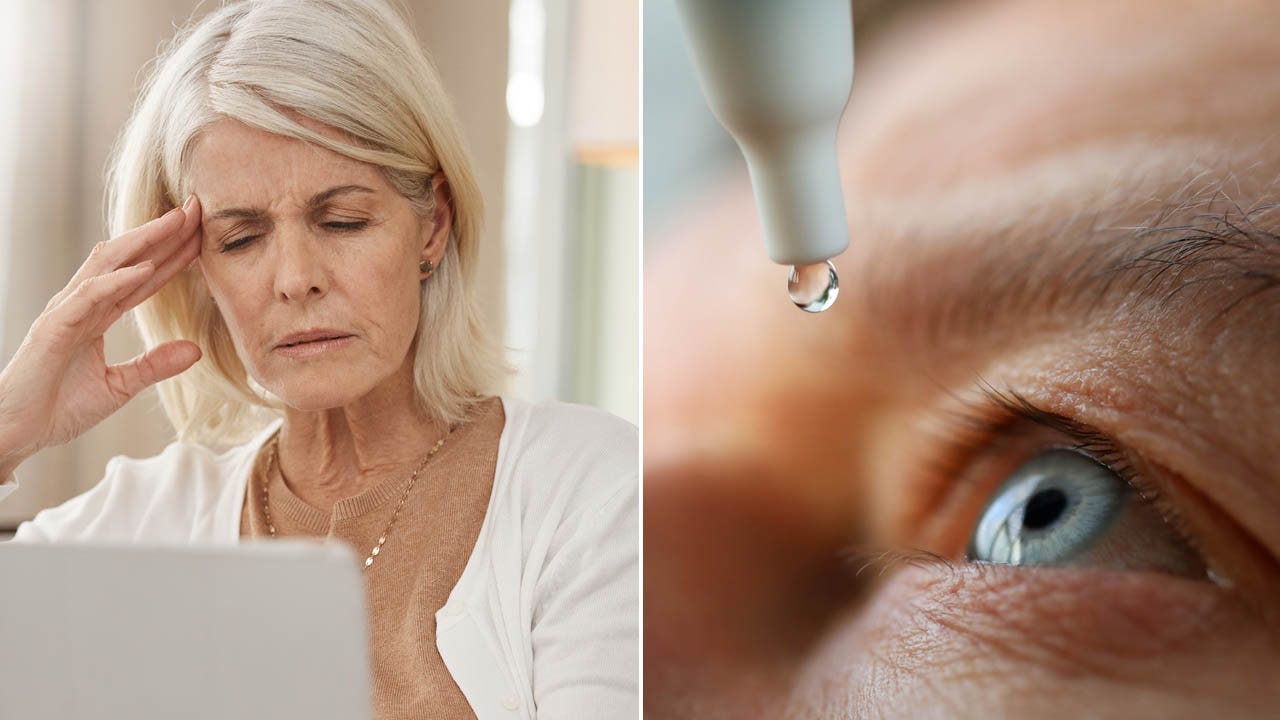Studies have shown that the average American spends around seven hours each day staring at screens, whether it be on their phones, tablets, or computers. However, this excessive screen time can have negative effects on the eyes. One common issue that arises is dry eye syndrome, which occurs when tears evaporate too quickly. Dr. Jean Carruthers, a clinical professor in the Department of Ophthalmology at the University of British Columbia in Vancouver, explains that the meibomian glands, responsible for keeping the eyes moist and protected, can become clogged and damaged if the eyes don’t blink enough. Normal blinking activates these glands, but when people are engrossed in screens, their blink rate can decrease by up to 66%.
Without a healthy tear film, the eyes can become dry, sensitive to light, and irritated. Symptoms of dry eye syndrome include eye redness, a stinging or burning sensation, sensitivity to light, mucus in and around the eyes, feeling like there’s something in the eyes, watery eyes, blurred vision or eye fatigue, and difficulty with night driving.
To address this issue, Carruthers provides four tips to reduce dry eye syndrome. First, she suggests using eye drops or artificial tears for temporary relief. These products help to lubricate the eyes, decrease tear evaporation, and promote healing. If you wear contact lenses, it’s important to properly clean them and follow good wearing habits.
Second, taking care of your eyelid margins is crucial. Marginal blepharitis, which causes inflammation around the roots of the eyelashes and blocks the meibomian gland openings, can lead to dry eye syndrome. To prevent this, Carruthers recommends cleaning the eyelid margins, especially when removing eye makeup.
Third, it’s important to take brief breaks from screens. Experts recommend following the 20-20-20 rule, which entails taking a 20-second break every 20 minutes to look at an object 20 feet away. This helps reduce eye strain and fatigue.
If dry eyes persist despite trying the above steps, it may be necessary to consult with an ophthalmologist for more advanced therapies. The meibomian glands located in the inner eyelids may have become clogged or damaged. New treatment options, such as radio frequency therapy, can unclog and restore the gland’s function. For example, a non-surgical treatment called Forma-I uses controlled radio frequency energy to gently warm the meibomian glands and restore the flow of their secretions.
In conclusion, it’s crucial to address the effects of prolonged screen time on the eyes. By implementing these tips, individuals can reduce their risk of developing dry eye syndrome and maintain optimal eye health.
Denial of responsibility! VigourTimes is an automatic aggregator of Global media. In each content, the hyperlink to the primary source is specified. All trademarks belong to their rightful owners, and all materials to their authors. For any complaint, please reach us at – [email protected]. We will take necessary action within 24 hours.


